- HubPages»
- Education and Science»
- Life Sciences»
- Entomology
The Fab Five: The most fabulous insects
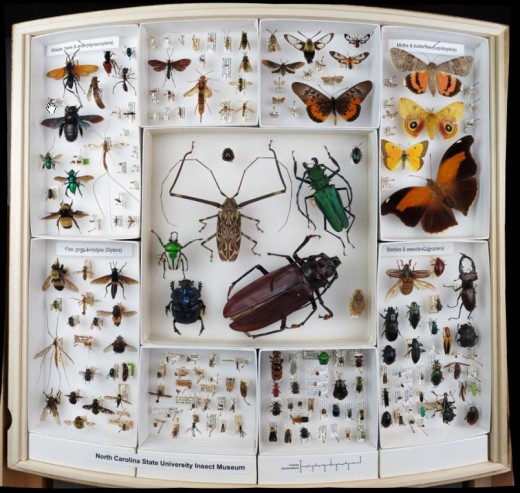
When we think beauty or fabulous, we don’t often think of insects. Insects are everywhere. Scientists state that there is no square mile on earth that doesn’t have a higher insect population than humans have across the globe. They make life easier to live, and we take them for granted. Most insects operate out of the public eye. So, today, we will bring them into light and show you five of the most fabulous bugs – sans the obvious culprits such as butterflies and moths. Everything becomes beautiful when you see beauty in things; even the things we prefer not to see. Hopefully this will bring appreciation to insects as it has done with me.
Peacock Spider
Spiders are terrifying monsters. They are always in the top ten lists of fears. Everyone knows someone who is afraid of spiders. However, even this arachnophobe author may give this “cute” little spider a chance. This pretty spider gets down for the ladies with a dance just as nice as the bird of paradise that shares its name: the peacock. This spider is only in Australia, and is small enough that you may miss it if you aren’t looking for it. They were once called gliding spiders because it was believed the colorful flap on the back was used to help them glide. Later research has proven the “plumage” only comes out in mating rituals. These fascinating creatures put on a beautiful display, and because of this they deserve a little credit, despite being a terrifying monster.
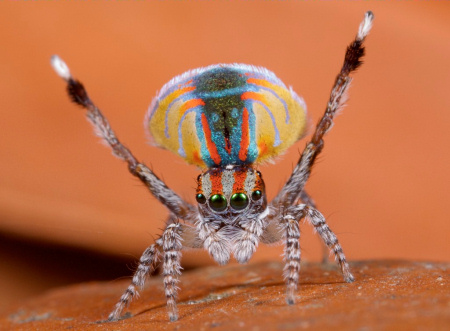
Firefly
This amazing beetle is a large family of about 2,000 species. They are known as fireflies, lightning bugs, and glow worms, although they are neither. The flying males all produce a chemically produces cold light in the lower abdomen that can range from green, yellow, and pale-red. The larvae also emit light. During the day they are soft-bodied, and brown-ish, but at night they are a true nature’s wonder. Their light evolution is a clear indication of a nocturnal lifestyle. They hibernate during the winter, and in the summer they are typically only seen in swampy, marshy grasslands.
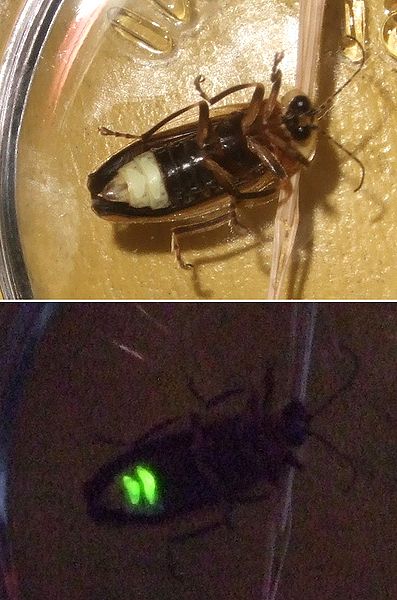
Orchid mantis
These beautiful insects are native to Sumatran rain forests, Indonesia, and Malaysia. They thrive in humid, warm areas of south Asian rain forests. They eat any small insects they can catch, and have been known to eat small lizards. These creatures change color based on their surroundings. As a result, you may find purple mantis that look identical to the flower it lives on, or you might not find the mantis because its goal is to not be seen. Siblings, if reunited, are almost always totally different colors, . It is truly amazing to see what waits among the flowers.
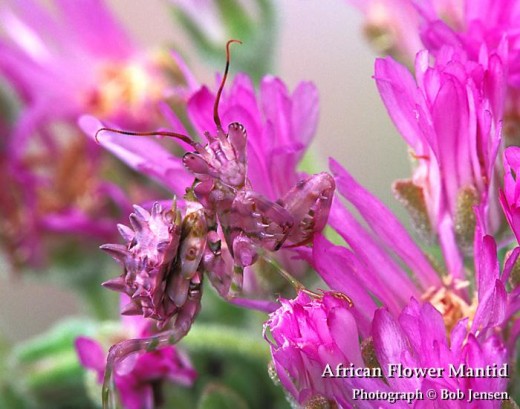
Lantern Fly
This is an interesting bug that comes in all sorts of colors. The shape of the fly is just as interesting. It has an odd protrusion from its head that was originally believed to be luminescent. This is part of the reason it had so many names. Everything kept changing as scientists learned more about it. It has been called lantern fly, peanut-headed fly, alligator bug, machaca, and other names that are of the traditional language of indigenous peoples; of central and South America. If this unusual beauty is threatened, it opens its wings and reveals either a set of hidden eyes on the wings or bright colors, and it appears to be much more than it is. The lantern fly or Fulgora laternaria is a large class of fly, but all of them are just as whimsical.
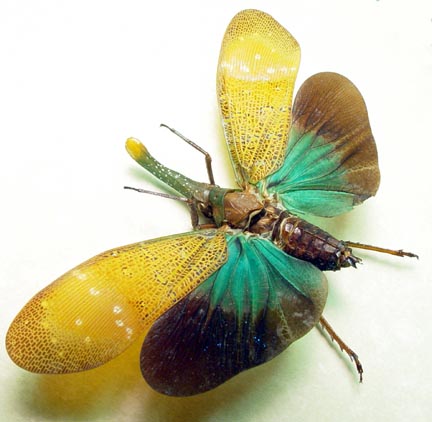
Jewel Beetle
This is a huge class of beetle. There are more than 15,000 recognized species within the jewel beetle, which means there are more beautiful colors than can be mentioned here. The species is categorized by their metallic or iridescent coloring and their wood-boring tendencies. The most interesting part about these colorful bugs is that the color of their bodies are not actually so bright, their “skin” has a unique microscopic texture that reflects frequency of light in directions that causes our eyes to see it as “metallic”. Or, more simply put, the exoskeleton is similar to the reflection we see when we look at a DVD or CD back with its changing colors.
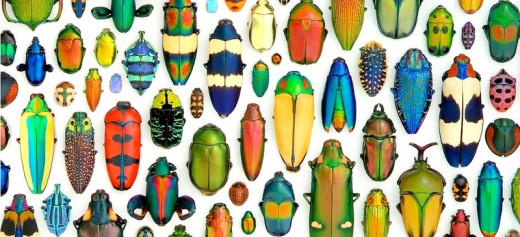
To find more about the individual insects, please feel free to click on the links attached to the pictures. There is a wealth of insects that can cultivate our curiosity. There is truly much beauty to be found in small packages.








